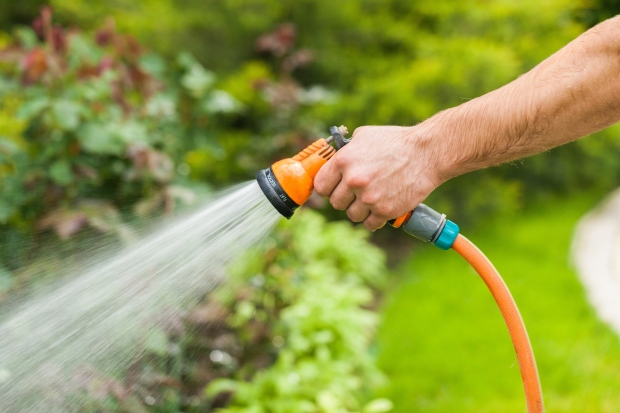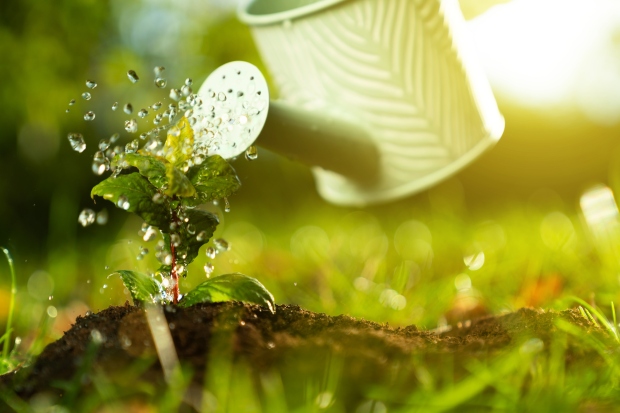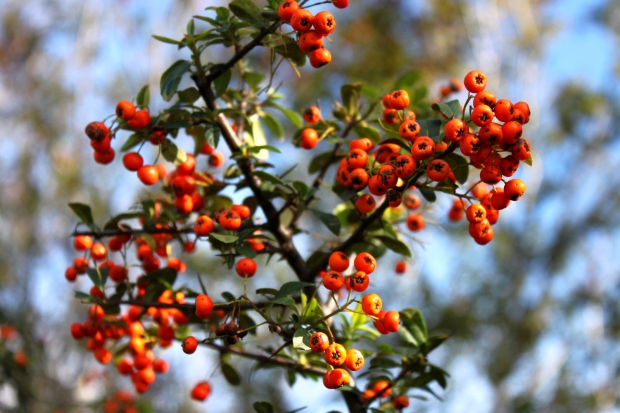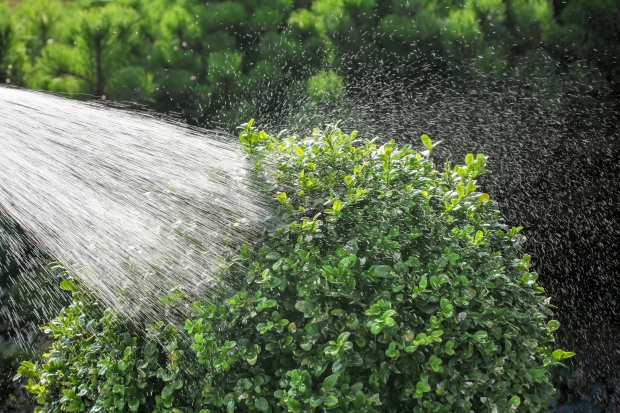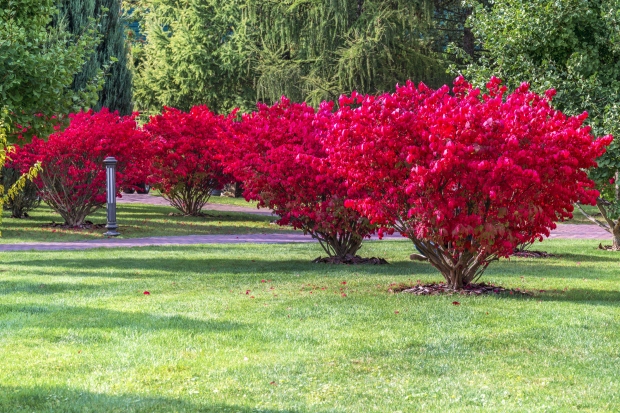How Do Different Seasons Affect Your Shrubs?
While some shrubs make a grand affair of season changes — changing their leaf color in the fall, dropping leaves before winter, and coming back strong the following spring — others go through the seasons much more quietly. However, it doesn’t mean they aren’t affected by the different seasons because the seasonal change is always noticed.
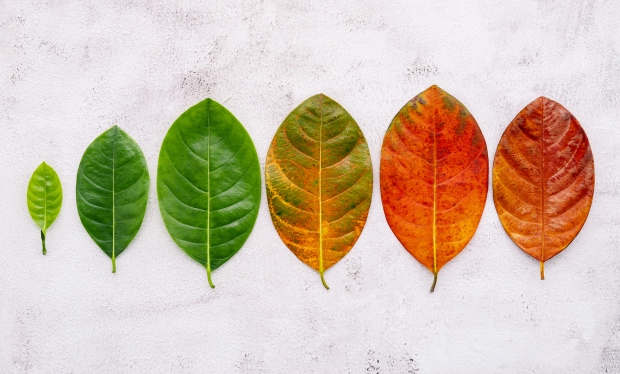
Do Shrubs Notice Temperature Changes?
Plants don’t rely on temperature changes as humans do, as the seasons move from spring, summer, fall, and winter. Some may recognize variations, but genetically they are constructed to primarily notice and respond to changes in the day lengths known as the photoperiod. As the day length lengthens in the spring and shortens in the fall, plants respond accordingly.
Why is Day Length Significant?
Keep in mind the day and night length fluctuates as the Earth moves around the sun. Different phytochromes or pigments in the foliage allow shrubs to measure the light and darkness over 24-hour periods and, in turn, activate plant hormones responsible for blooming, fruiting, leaf drop, etc. These adaptations have evolved so that plants can survive conditions like drought and cold temperatures.

What Do Shrubs Do in the Spring?
Spring is typically known as a season for rebirth. As the days get longer, shrubs come out of their winter dormancy and begin actively growing because they have adequate sunshine and moisture. Buds develop and turn into leaves and flowers. Pollination of the flowers on fruit-bearing shrubs causes an embryo to form, and the fruits begin to grow.
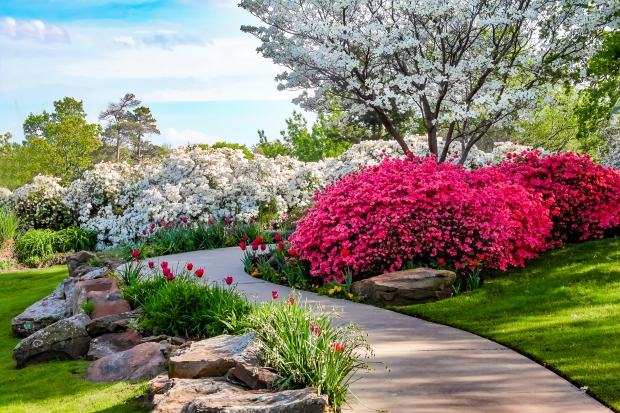
How Does Summer Affect Shrubs?
The day lengths continue to grow longer as we come into summer, further driving growth and sometimes fruit ripening.
But the high temperatures and intense sun often have plants increasing their self-defense mechanisms against drought and damage from the sun’s rays. Growth may slow a bit as they conserve water resources in case of a shortage.

Changes in Shrubs During the Fall
As plants come into fall, the day lengths are shortening again, and plant hormones begin preparing shrubs for winter. They stop making food to drive growth and start moving sugars and carbohydrates from the leaves to the roots for storage. Leaf chlorophyll breaks down, causing the green to disappear and the yellow and orange pigments become visible, thus giving leaves their stunning fall color.
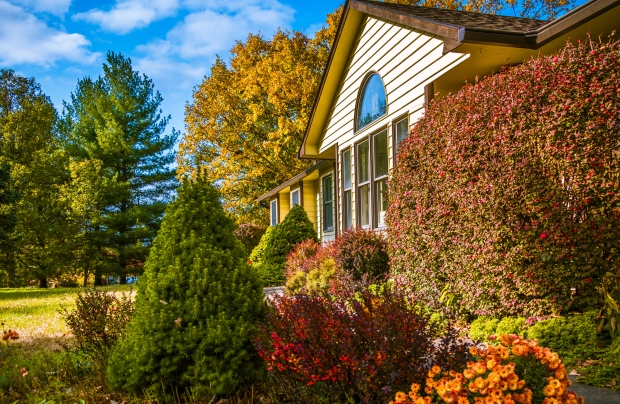
Why Do Shrubs Go Dormant in the Winter?
Winter is the most challenging season for plants as they may experience dry weather, freezing temperatures, and nutrient shortages. To protect themselves from these often fatal conditions, they stop growing and conserve energy until the mild weather returns, to complete the cycle again.

